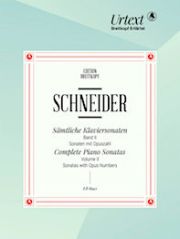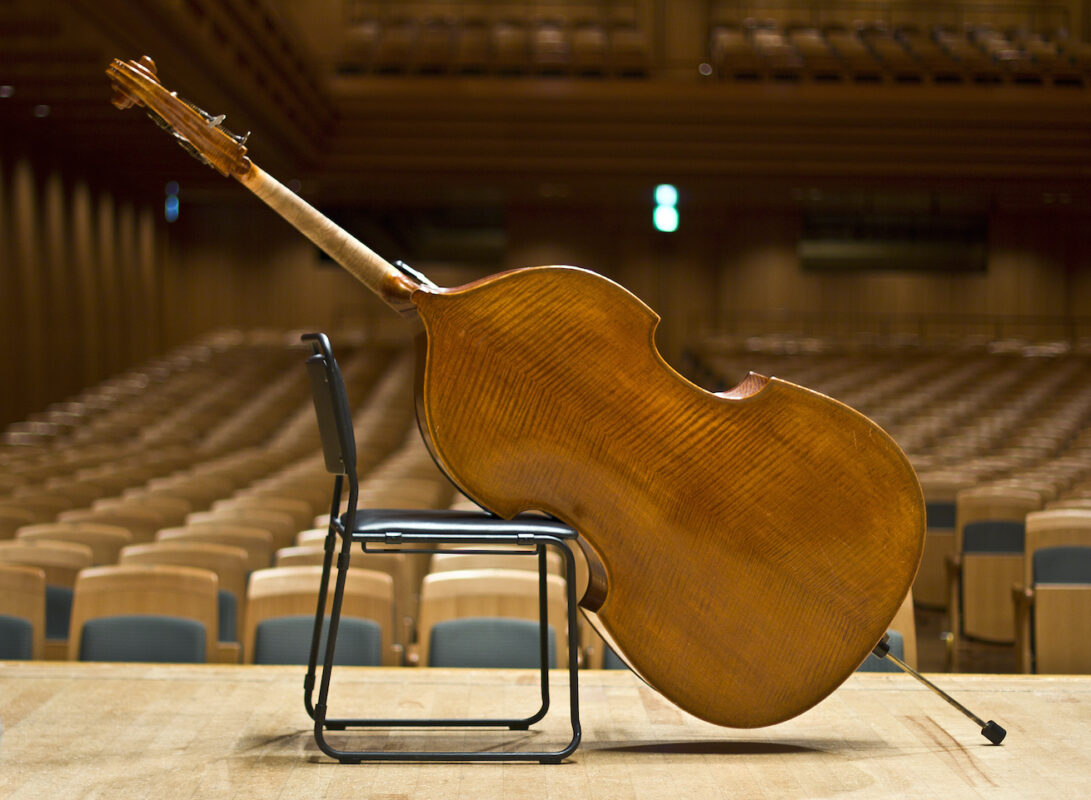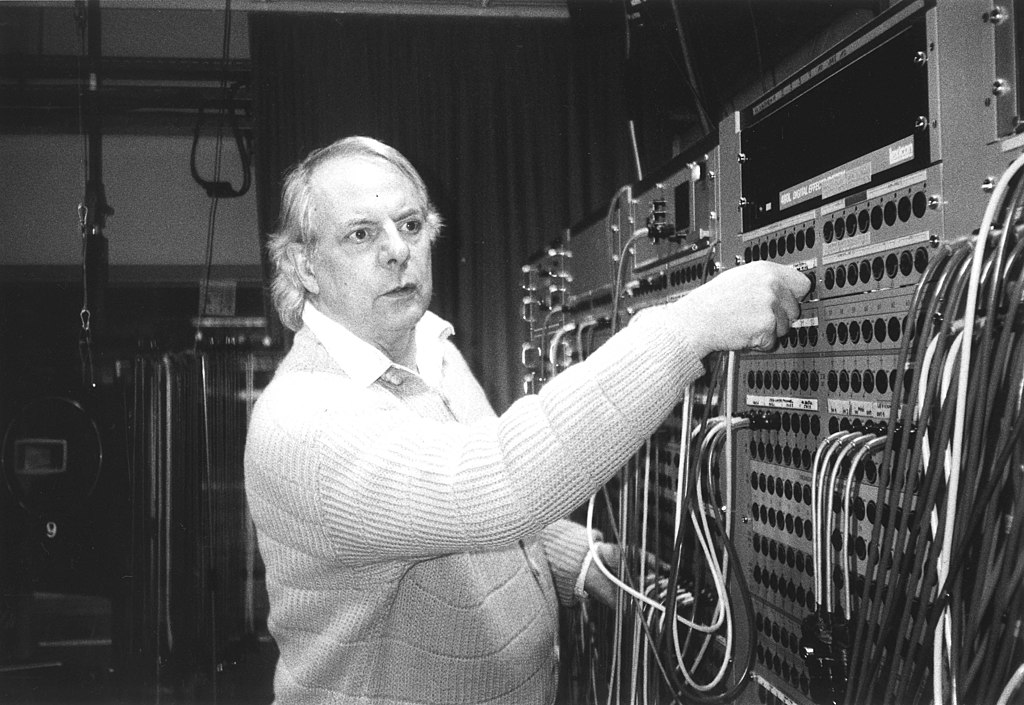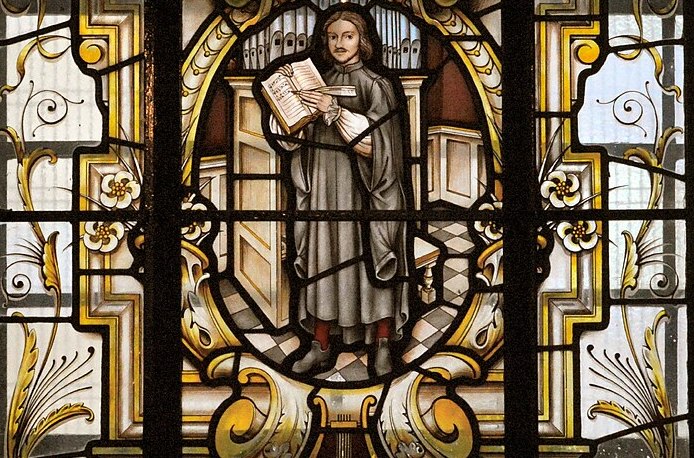One of the most respected universal musicians of his time
Friedrich Schneider (1786-1853) was an extremely prolific composer. The first part of his piano sonatas has now been published.
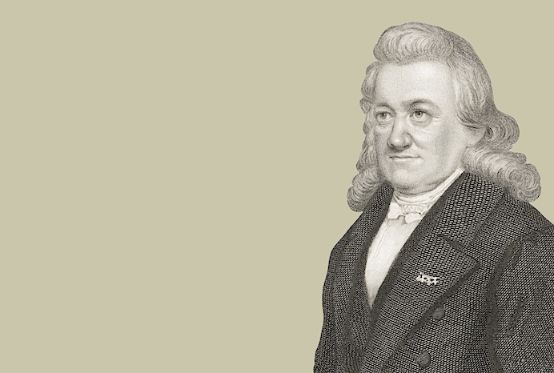
The composer Friedrich Schneider (1786-1853) is probably an unknown quantity to most people. However, his name does appear in connection with Beethoven's 5th Piano Concerto. He was the soloist at the premiere in the Leipzig Gewandhaus. This was certainly no coincidence: Schneider's pianistic skills were obviously very impressive. It is therefore not surprising that he wrote numerous piano works at a young age, including no less than 42 sonatas. Ulrich Urban has now set about publishing these in four volumes with Breitkopf & Härtel. Volume 2 is already available in a meticulous Urtext edition.
It is worth taking a closer look at the works. As expected, Schneider knows how to produce a piano writing that is easy to play and sounds brilliant. The compositional craftsmanship is also impeccable; the harmony is at least at the height of its time. There are certainly influences from Beethoven or Haydn, but occasionally one even thinks of future masters, especially in the A major Sonata op. 76 from 1806, where it almost sounds like Schubert's great sonata in the same key. Astonishing, because this was only written 22 years later!
So why has this music fallen into oblivion despite its qualities? Well, there are probably several reasons for this. First and foremost: the themes are often not gripping or original enough to lend themselves to a further development of the musical ideas. Instead, the formal sections are simply combined with virtuoso sequences. Although the piano writing sounds pleasant, it too often indulges in stereotypical platitudes. Least affected by such shortcomings is probably the Grande Sonata in F minor op. 27, where economy and concentration of means prevail, especially in the 3rd movement 'Largo' with its impressive play of light and shadow.
Friedrich Schneider may have sensed these shortcomings himself. From 1815 onwards, he rarely composed for the piano, but all the more frequently for orchestra and choir: 23 symphonies, 16 oratorios and countless cantatas flowed from his pen. And as a composer, court conductor, conductor, pianist, organist, pedagogue and festival organizer, he was one of the most respected universal musicians of his time.
Friedrich Schneider: Complete Caviar Sonatas, Volume II (sonatas with opus number), edited by Ulrich Urban, EB 8942, € 44.90, Breitkopf & Härtel, Wiesbaden 2018






